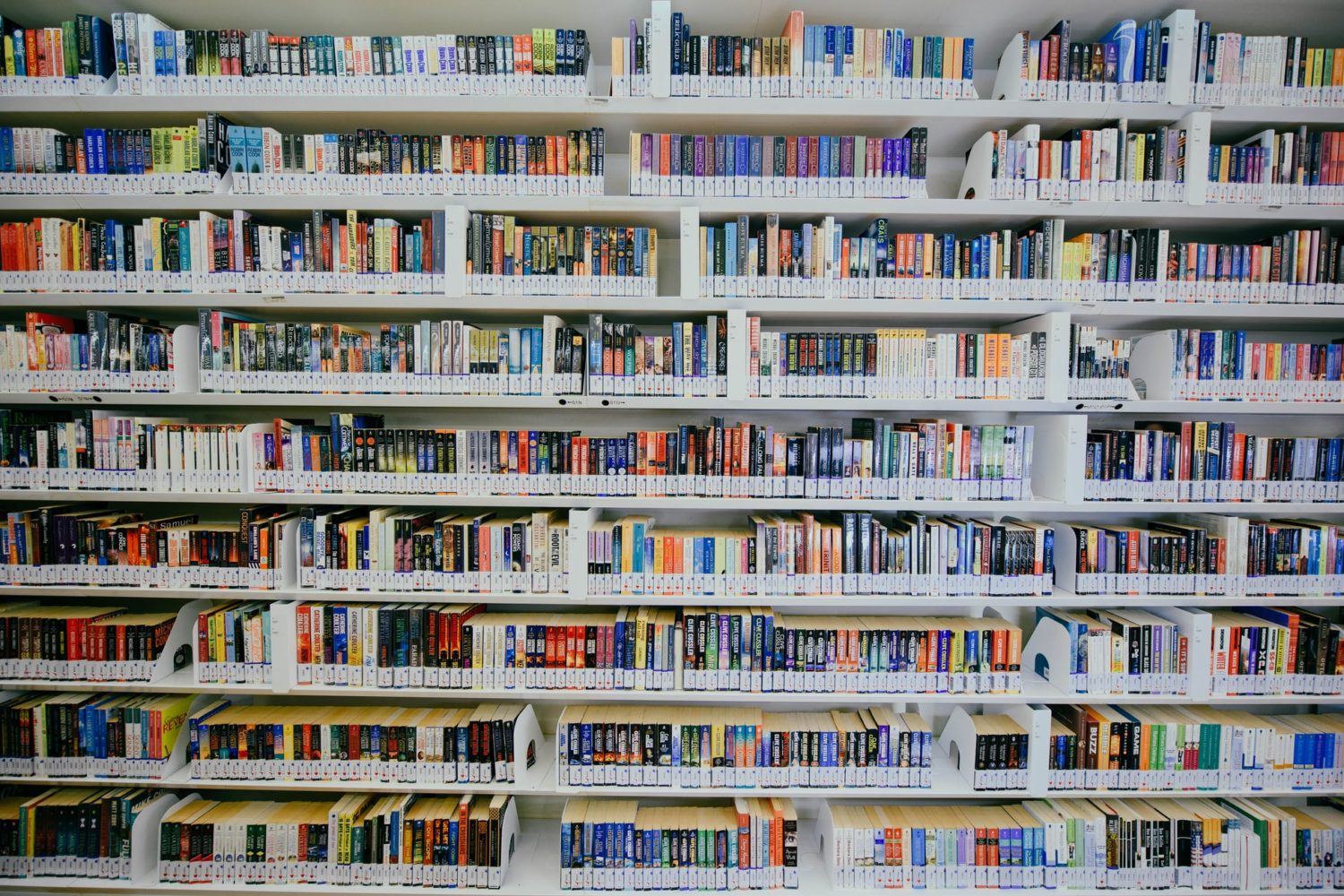So I recently attended the launch of a part of UTS’s RESHUB program, which is all about encouraging research excellence and providing support. It was a great event – the focus of this particular one was all about creativity and how that might find expression in research – and there was a focus on art and film-making, which I really enjoyed, even if they are entirely different to my own research practices. Perhaps not entirely different, but certainly removed.
The strangest thing, though, was that this was a face to face event – and that felt very strange indeed. Of course, everyone checked in and socially distanced, but even so, there was lots of people in a room, talking together, and I must admit that I felt socially rusty. I can’t think of any other way to explain what it felt like except that – like I was using skills that I knew I had, but hadn’t used for a long time, and they were awkward and slow from disuse.
The film-maker Kathryn Millard was the special guest at the event, and I really enjoyed her discussion, and especially the focus on environment as a measure of creativity. In some ways, I think this has been missing during the pandemic era, and it’s easy to overlook how important environment is, in both creative and research communities. I guess we don’t create – whether it’s culture, art or knowledge – alone; it’s something that is co-designed, and co-developed, and for that reason, artists, scientists and other creators have sought out like-minded individuals with whom to work – hence the development of studios, and, I guess, universities.
And of course, that’s been missing for so many of us – and still is, in many parts of the world – during the pandemic. Of course, there are ways of ensuring that this kind of community works online, but I think most solutions ignore the need for the spontaneity of conversations and ideas -those serendipitous moments that work so well.
